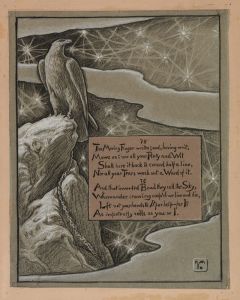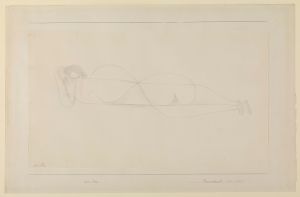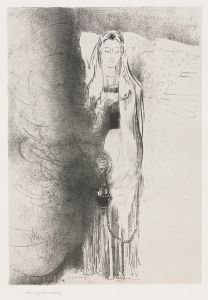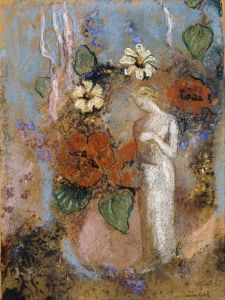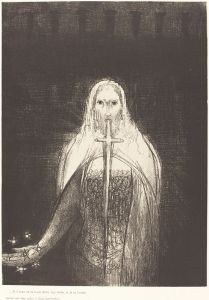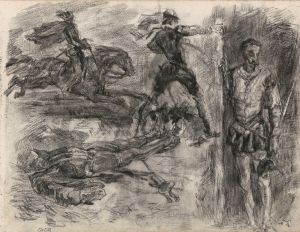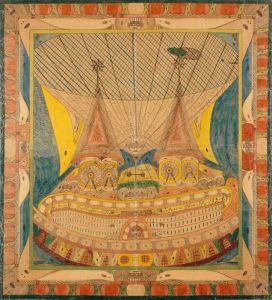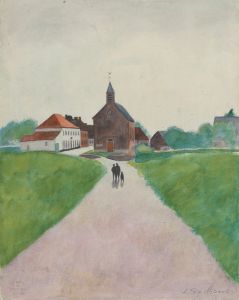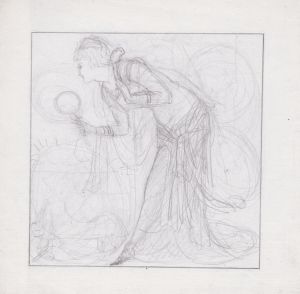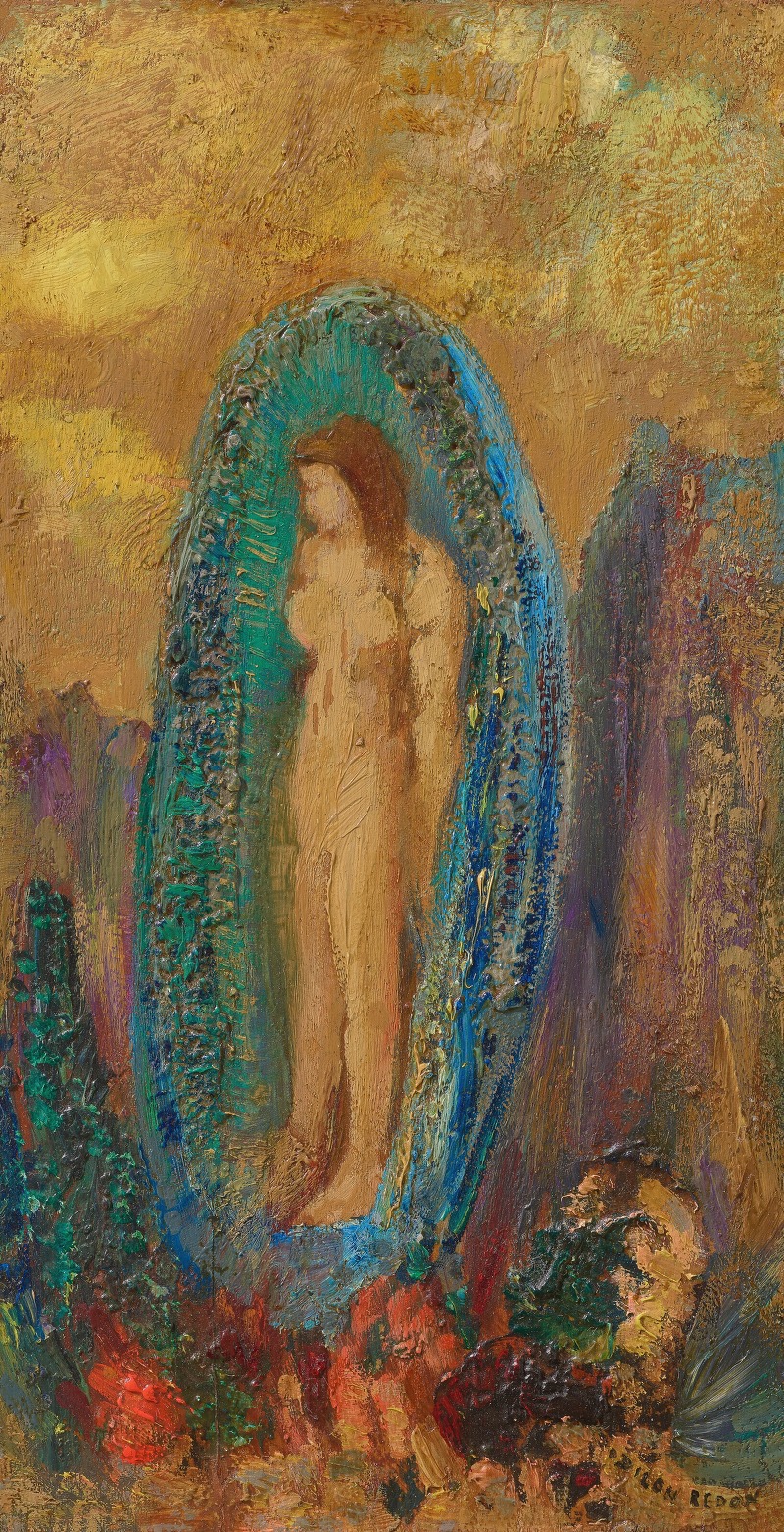
La naissance de Vénus ou Oeuf aurique
A hand-painted replica of Odilon Redon’s masterpiece La naissance de Vénus ou Oeuf aurique, meticulously crafted by professional artists to capture the true essence of the original. Each piece is created with museum-quality canvas and rare mineral pigments, carefully painted by experienced artists with delicate brushstrokes and rich, layered colors to perfectly recreate the texture of the original artwork. Unlike machine-printed reproductions, this hand-painted version brings the painting to life, infused with the artist’s emotions and skill in every stroke. Whether for personal collection or home decoration, it instantly elevates the artistic atmosphere of any space.
Odilon Redon was a French symbolist painter, known for his unique and imaginative works that often depicted dreamlike scenes and fantastical subjects. One of his notable works is "La naissance de Vénus ou Oeuf aurique," which translates to "The Birth of Venus or Auric Egg." This painting is a part of Redon's exploration of mythological themes, a common subject in his oeuvre.
Redon was born on April 20, 1840, in Bordeaux, France. He showed an early interest in art and studied under Jean-Léon Gérôme, a well-known academic painter. However, Redon soon diverged from the traditional academic style, developing his own unique approach that would later align with the symbolist movement. Symbolism was an art movement that emerged in the late 19th century, characterized by the use of metaphorical imagery and themes that often explored the mystical, the spiritual, and the emotional.
"La naissance de Vénus ou Oeuf aurique" reflects Redon's fascination with mythology and the symbolic use of imagery. The painting is believed to depict the birth of Venus, the Roman goddess of love and beauty, a theme that has been a popular subject in art history, most famously depicted by Sandro Botticelli in "The Birth of Venus." However, Redon's interpretation is distinctively his own, incorporating his signature style that blends elements of fantasy and symbolism.
The title of the painting, "Oeuf aurique," or "Auric Egg," suggests a mystical or alchemical element, as the egg is often a symbol of birth, creation, and the potential for life. In various mythologies and esoteric traditions, the egg represents the universe's origin, a theme that aligns with Redon's interest in the metaphysical and the unseen. This symbolic use of the egg could imply a deeper philosophical or spiritual meaning behind the painting, inviting viewers to explore interpretations beyond the literal depiction of Venus's birth.
Redon's work is characterized by its use of vibrant colors and ethereal forms, often creating a dreamlike atmosphere. In "La naissance de Vénus ou Oeuf aurique," these elements are likely present, contributing to the painting's otherworldly quality. Redon's technique often involved the use of pastels and oils, allowing him to achieve a soft, luminous effect that enhanced the mystical quality of his subjects.
Throughout his career, Redon was associated with the symbolist movement, which included artists and writers who sought to express the emotional and spiritual through symbolic imagery. His work was well-regarded for its originality and depth, influencing later movements such as surrealism. Redon's exploration of the subconscious and the dream world resonated with the surrealists, who admired his ability to convey the intangible through art.
"La naissance de Vénus ou Oeuf aurique" is a testament to Redon's unique vision and his ability to blend mythological themes with personal symbolism. While specific details about the painting's creation and its current location may not be widely documented, it remains an example of Redon's contribution to the symbolist movement and his enduring influence on the art world. Through his imaginative and symbolic approach, Redon invites viewers to explore the boundaries between reality and the dream world, offering a glimpse into the depths of the human psyche.





